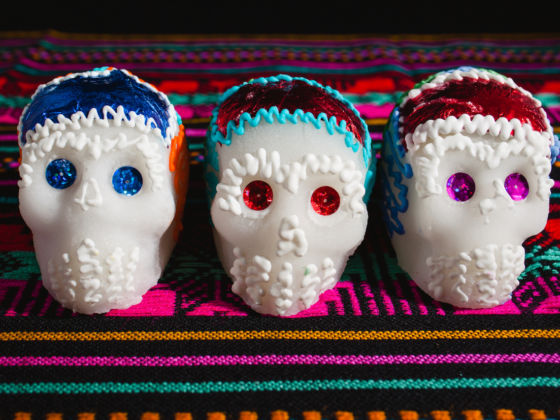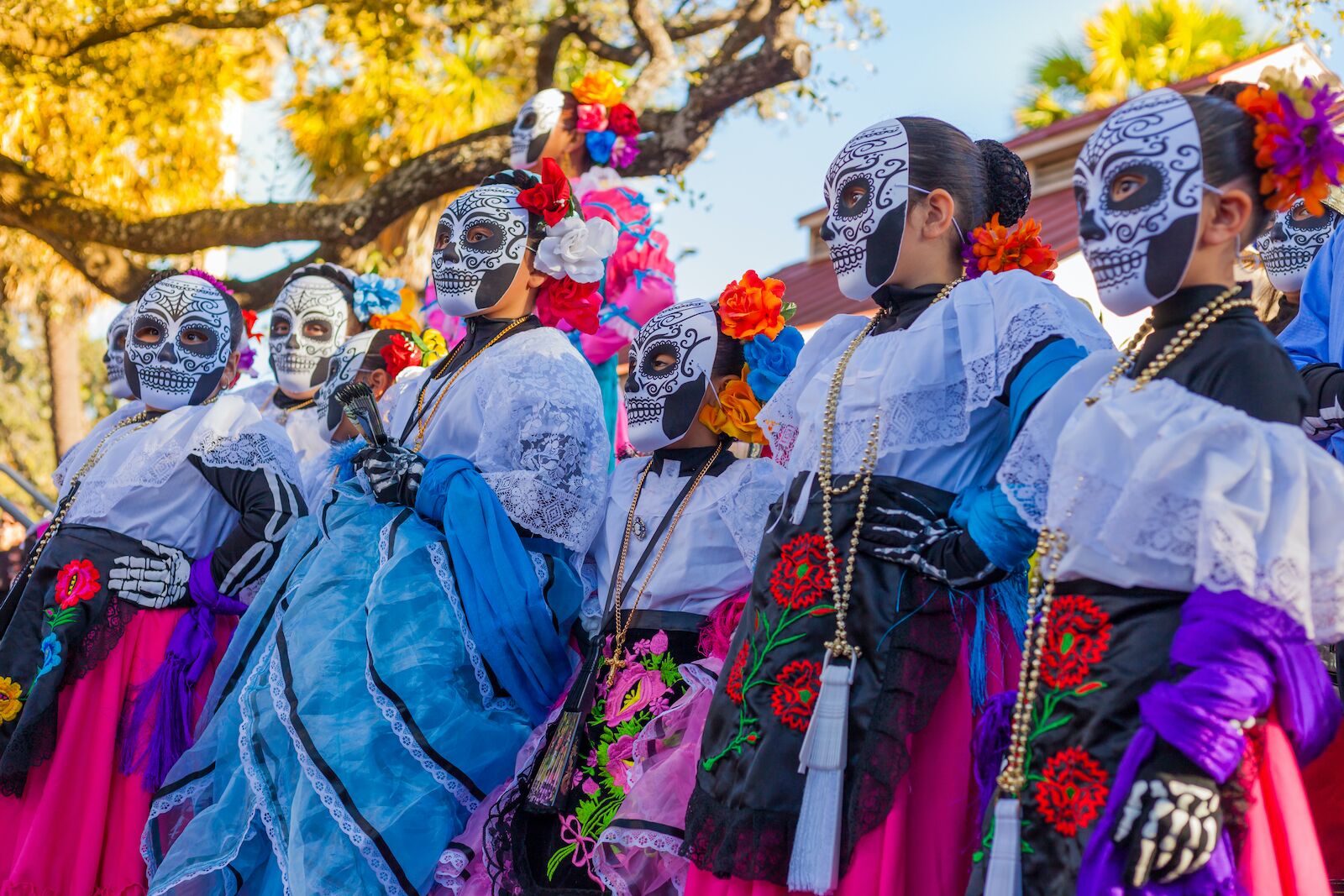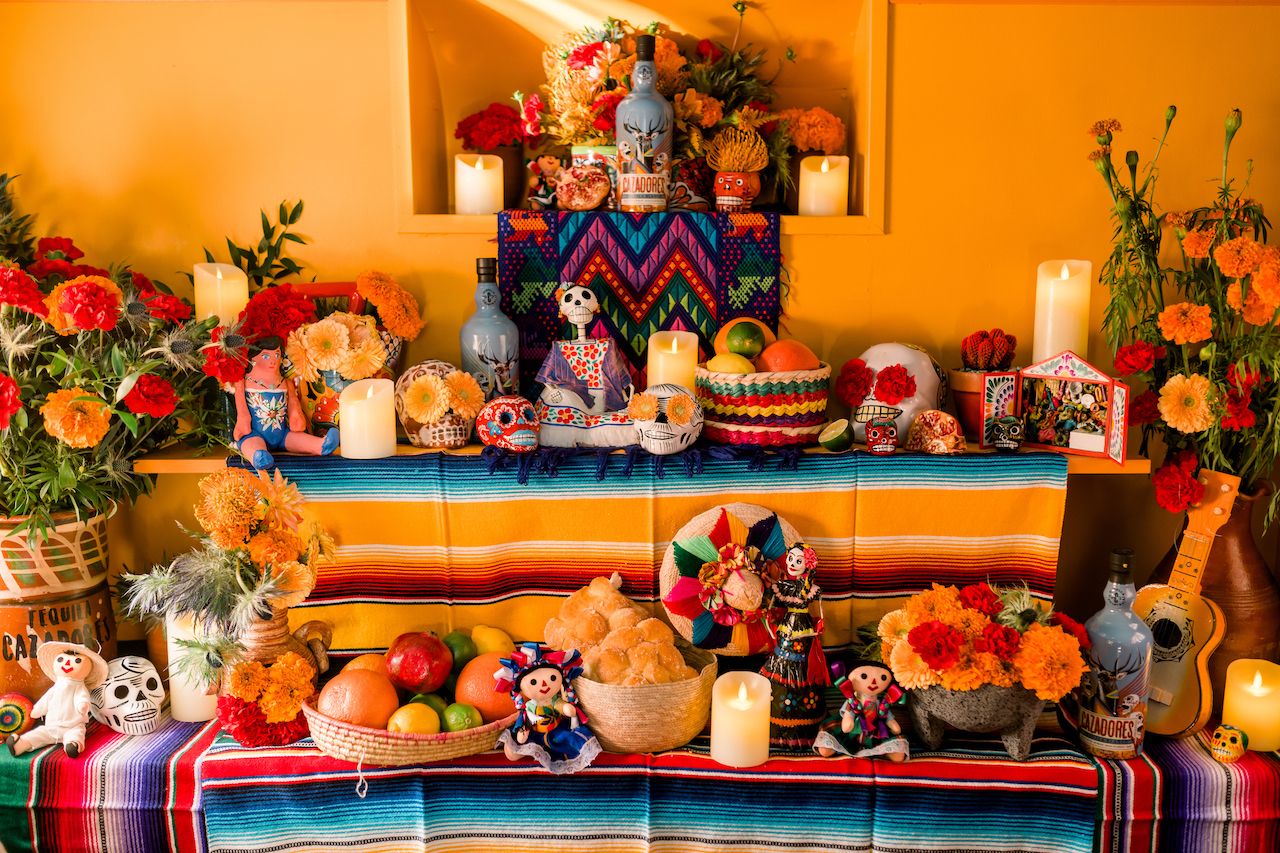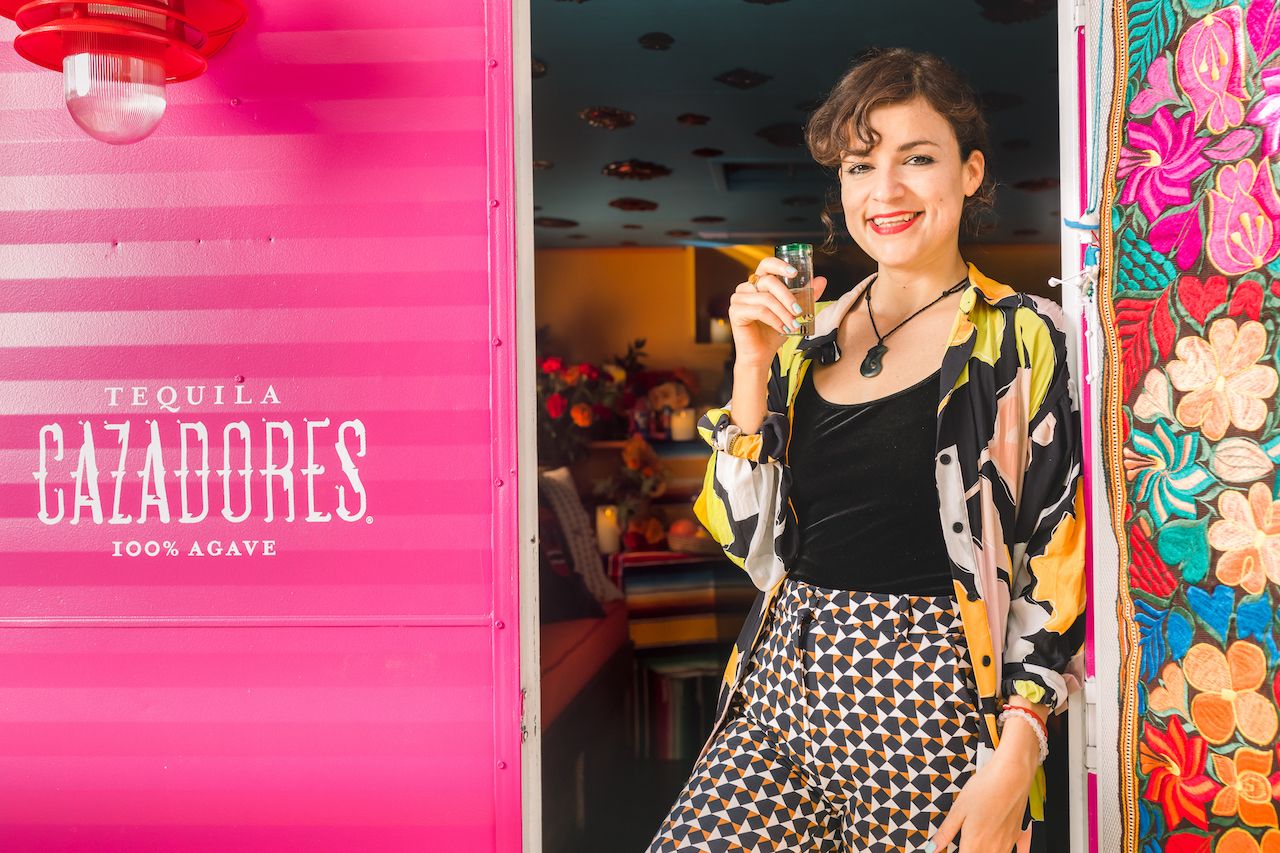Día de los Muertos is celebrated from October 31 to November 2 every year. The holiday marks a period of celebration and remembrance. During those three days, one symbol is present nearly everywhere you look: a sugar skull.
“In Mexico, we represent death with sweetness and nostalgia,” says Victoria Villasana, an artist from Guadalajara, Mexico, who recently worked on a project incorporating sugar skull art for Tequila Cazadores. “The sugar skulls on the altar illustrate the passage from the earthly to the spiritual; they are considered an allusion to death so that we remember that it is always present. Therefore, life on earth must be fully lived.”



